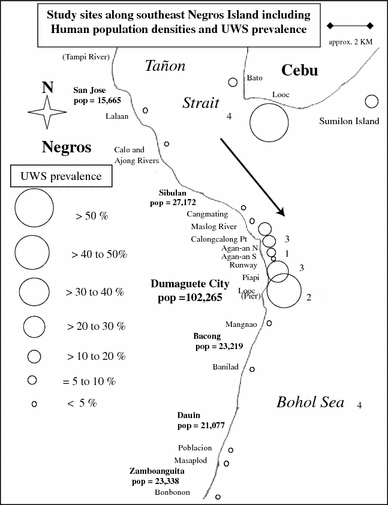- Joined
- Feb 19, 2007
- Messages
- 1,751
- Reaction score
- 1,011
How would you define too much turnover and what harm would it do?
It's different for each person and each set-up, and personal preference... That said, I try to keep my skimmer large and the turnover in the sump slow. Ideally a skimmer is turning over just a little less water per hour than the display. My reasoning for that is I want as much water going through the skimmer as possible before it returns to the tank, and without outpacing the return. I also feel that 3-5x the display size is around the sweet spot. I seem to be in the minority on this one though...



















